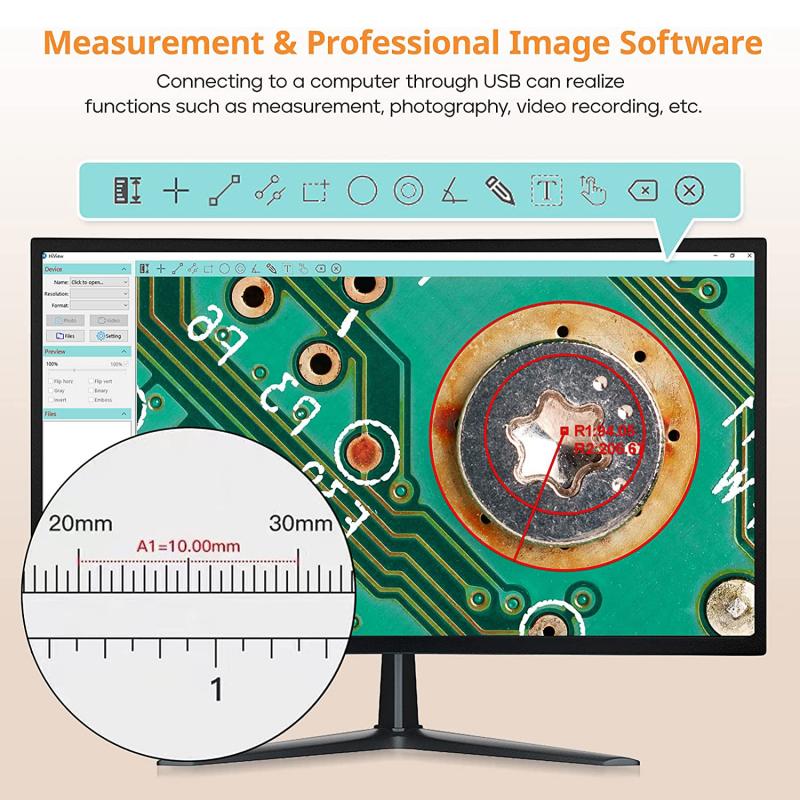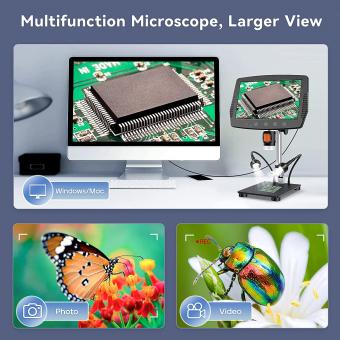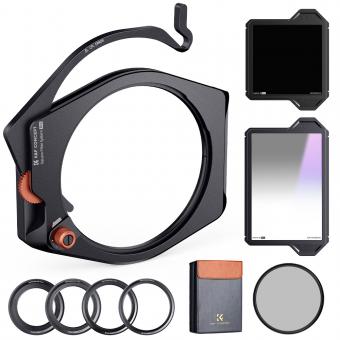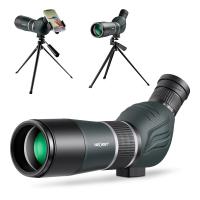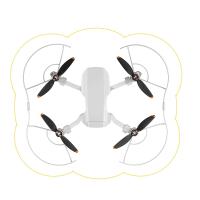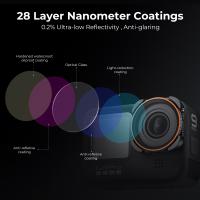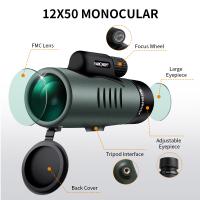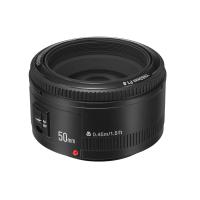Smallest Thing A Microscope Can See ?
The smallest thing a microscope can see depends on the type of microscope being used. Optical microscopes, which use visible light, can typically resolve objects as small as 200 nanometers. However, with advanced techniques such as super-resolution microscopy, optical microscopes can achieve resolutions down to a few nanometers. Electron microscopes, on the other hand, use a beam of electrons instead of light and can achieve much higher resolutions. Transmission electron microscopes (TEM) can resolve objects as small as 0.1 nanometers, while scanning electron microscopes (SEM) can achieve resolutions of around 1 nanometer. Ultimately, the smallest thing a microscope can see is limited by the wavelength or energy of the particles used to probe the sample.
1、 Atomic Scale
The smallest thing a microscope can see is at the atomic scale. At this level, microscopes are capable of visualizing individual atoms and their arrangements within a material. The development of advanced microscopy techniques, such as scanning tunneling microscopy (STM) and atomic force microscopy (AFM), has revolutionized our understanding of the atomic world.
STM, invented in the 1980s, allows scientists to observe individual atoms on the surface of a material by scanning a sharp tip over the surface and measuring the flow of electrons between the tip and the sample. This technique has been instrumental in studying the atomic structure of various materials, including metals, semiconductors, and even biological molecules.
AFM, also developed in the 1980s, uses a tiny cantilever with a sharp tip to scan the surface of a sample. By measuring the deflection of the cantilever as it interacts with the sample, AFM can provide high-resolution images of atomic arrangements. Additionally, AFM can also measure other properties, such as surface forces and mechanical properties, at the atomic scale.
It is important to note that the concept of "seeing" at the atomic scale is not the same as visual observation with our eyes. Rather, it involves the detection and interpretation of signals generated by the interaction between the microscope and the sample. These signals are then processed to create images or maps of the atomic structure.
It is worth mentioning that recent advancements in microscopy techniques, such as aberration-corrected transmission electron microscopy (TEM), have pushed the limits of atomic-scale imaging even further. Aberration correction allows for higher resolution and improved clarity in TEM images, enabling scientists to study atomic structures with unprecedented detail.
In conclusion, the smallest thing a microscope can see is at the atomic scale, where individual atoms and their arrangements can be visualized. The development of advanced microscopy techniques has greatly expanded our understanding of the atomic world and continues to push the boundaries of what we can observe at this scale.
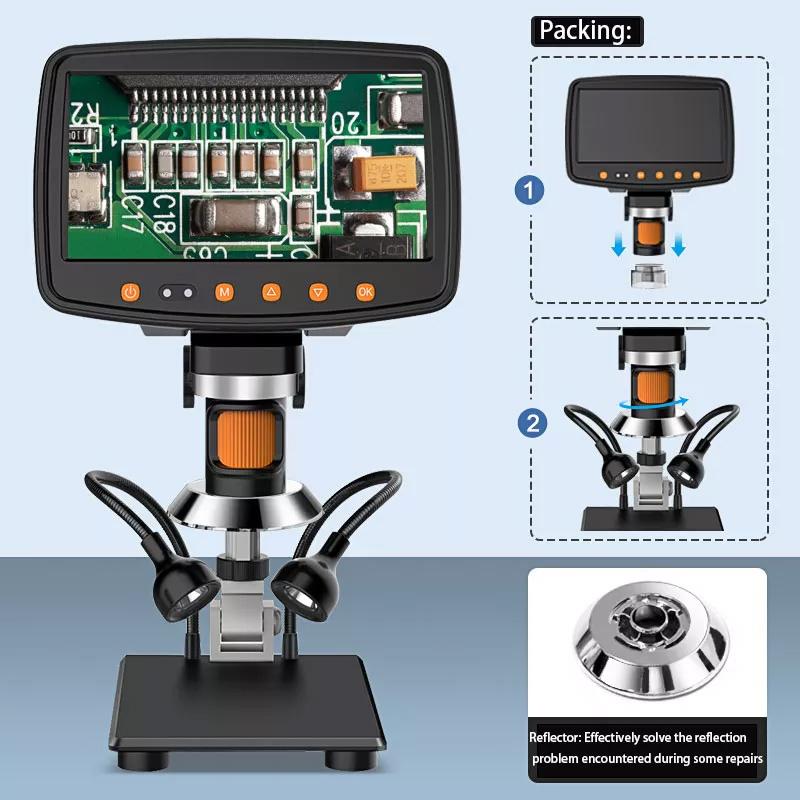
2、 Molecular Scale
The smallest thing a microscope can see is on the molecular scale. A microscope is an instrument that uses lenses or other techniques to magnify objects that are too small to be seen by the naked eye. The resolution of a microscope determines the smallest detail that can be observed.
Traditional light microscopes have a resolution limit of around 200 nanometers, which is sufficient to observe larger structures such as cells and some organelles. However, to visualize objects on a molecular scale, more advanced techniques are required.
One such technique is electron microscopy, which uses a beam of electrons instead of light to image specimens. Electron microscopes have a much higher resolution than light microscopes, allowing scientists to observe structures as small as a few nanometers. This level of resolution enables the visualization of individual molecules and their interactions.
In recent years, advancements in microscopy have pushed the boundaries even further. Super-resolution microscopy techniques, such as stimulated emission depletion (STED) microscopy and single-molecule localization microscopy (SMLM), have surpassed the diffraction limit of light. These techniques can achieve resolutions on the order of tens of nanometers, allowing for the visualization of molecular structures and processes with unprecedented detail.
It is important to note that the concept of the "smallest thing" that can be seen is not absolute and is constantly evolving as new technologies and techniques are developed. Scientists are continually pushing the limits of microscopy to explore the molecular world and gain deeper insights into the fundamental building blocks of life.

3、 Nanoscale
The smallest thing a microscope can see is on the nanoscale. Nanoscale refers to objects that are measured in nanometers, which is one billionth of a meter. At this scale, a microscope can reveal details that are not visible to the naked eye or even to conventional microscopes.
With advancements in technology, scientists have developed various types of microscopes that can visualize nanoscale objects with incredible precision. One such microscope is the scanning electron microscope (SEM), which uses a beam of electrons to create high-resolution images. SEMs can provide detailed information about the surface structure of objects, allowing scientists to observe nanoscale features such as individual atoms or molecules.
Another powerful tool is the atomic force microscope (AFM), which uses a tiny probe to scan the surface of a sample. By measuring the forces between the probe and the sample, AFMs can create images with atomic resolution. This enables scientists to study the topography and properties of nanoscale materials, including their mechanical, electrical, and magnetic characteristics.
It is important to note that the concept of the smallest thing visible under a microscope is not fixed and continues to evolve as technology advances. Scientists are constantly pushing the boundaries of microscopy, developing new techniques and instruments to explore the nanoscale world. As a result, our understanding of the smallest observable objects is continually expanding.

4、 Submicron Scale
The smallest thing a microscope can see is on the submicron scale. A micron, also known as a micrometer, is equal to one millionth of a meter. Therefore, anything smaller than a micron falls into the submicron scale.
Microscopes have evolved over time, and with advancements in technology, scientists have been able to observe and study objects at increasingly smaller scales. Traditional light microscopes, which use visible light to magnify objects, have a resolution limit of around 200 nanometers (0.2 microns). This means that they can distinguish between objects that are at least 200 nanometers apart.
However, with the development of electron microscopes, scientists have been able to delve deeper into the submicron scale. Electron microscopes use a beam of electrons instead of light to magnify objects, allowing for much higher resolution. Transmission electron microscopes (TEM) can achieve resolutions as low as 0.05 nanometers (0.00005 microns), enabling scientists to observe individual atoms and molecules.
In recent years, there have been further advancements in microscopy techniques, such as scanning tunneling microscopy (STM) and atomic force microscopy (AFM), which have pushed the boundaries of what can be seen even further. These techniques can provide atomic-scale resolution, allowing scientists to manipulate and study individual atoms and molecules with incredible precision.
It is important to note that the concept of the "smallest thing" a microscope can see is not fixed and continues to evolve as technology advances. Scientists are constantly pushing the limits of microscopy to explore the submicron and even atomic scales, opening up new frontiers in our understanding of the microscopic world.
